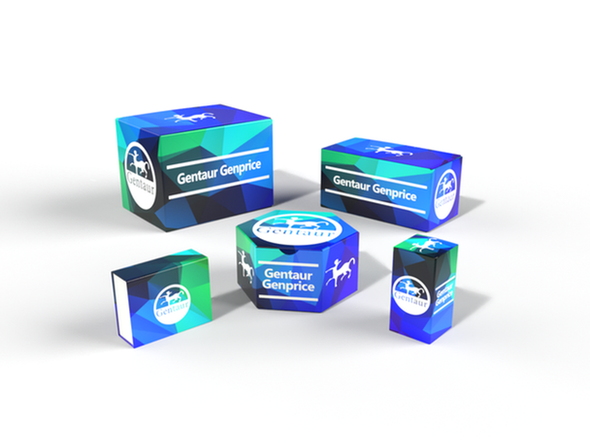Description
MDC (CCL22) is a small cytokine that belongs to the CC chemokine family. CCL22 is one of several Cys-Cys (CC) cytokine genes clustered on the q arm of chromosome 16. MDC shows chemotactic activity for natural killer cells, chronically activated T lymphocytes, monocytes and dendritic cells. On the other hand, MDC shows a mild activity for primary activated T lymphocytes and has no chemo attractant activity for neutrophils, eosinophils and resting T lymphocytes. MDC may also have a role in the trafficking of activated T lymphocytes to inflammatory sites and other aspects of activated T lymphocyte physiology. MDC interacts with cell surface chemokine receptors CCR4. CCL22 is vastly expressed in macrophage and in monocyte-derived dendritic cells, and thymus. CCL22 is also found in the lymph node, appendix, activated monocytes, resting and activated macrophages. Lower expression of CCL22 can be seen in the lung and the spleen and very weak expression in the small intestine. In the lymph node CCL22 is expressed in a mature subset of Langerhans' cells (CD1a+ and CD83+). Furthermore, CCL22 is expressed in atopic dermatitis, allergic contact dermatitis skin, and psoriasis, in both the epidermis and dermis. In addition, MDC has a role in hindering progression of lung cancer. Moreover, significantly higher CCL22 expression is linked to gastric cancer.
4617 | MDC human recombinant DataSheet
Biomolecule/Target: MDC
Synonyms: C-C motif chemokine 22, Small-inducible cytokine A22, Macrophage-derived chemokine, MDC (1-69), Stimulated T-cell chemotactic protein 1, CC chemokine STCP-1, CCL22, MDC, SCYA22, ABCD-1, DC/B-CK, MGC34554, A-152E5.1.
Alternates names: Kit ligand Precursor, C-kit ligand, SCF, Mast cell growth factor, MGF, SF, KL-1, Kit l, DKFZp686F2250.
Taglines: A chemoattractant for NK cells, chronically activated T lymphocytes, monocytes and DCs.
NCBI Gene ID #: 4254
NCBI Gene Symbol: KITLG
Gene Source: Human
Accession #: P21583
Recombinant: Yes
Source: Human 293 cell expressed
Purity by SDS-PAGEs: > 95%
Assay: SDS-PAGE
Purity: 97%
Assay #2: HPLC
Endotoxin Level: < 1.0 EU per 1 g of protein
Activity (Specifications/test method): N/A
Biological activity: ED is typically 5 to 25 ng/mL. The specific activity was determined by the dose-dependent stimulation of the proliferation of human TF-1 cells (human erythroleukemic indicator cell line).
Results: 5 to 25 ng/ml
Binding Capacity: N/A
Unit Definition: N/A
Molecular Weight: 35 to 45 kDa, monomer, glycosylated
Concentration: N/A
Appearance: Lyophilized protein
Physical form description: CCL22 filtered (0.4µm) and lyophilized from a concentrated solution containing 20mM phosphate buffer & 500mM NaCl pH-7.4.
Reconstitution Instructions: Reconstitute in sterile PBS containing 0.1% endotoxin-free recombinant human serum albumin.
Amino acid sequence: N/A






